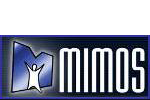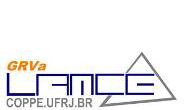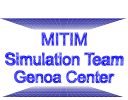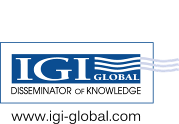FOODOPS 2015 Proceeding
Poroviscoelastic modeling of protein hydrogels
Authors: Ruben Mercadé-Prieto, Joaquim Lopez, Xiao Dong Chen
Abstract
Many solid food matrices contain high amounts of solvent, typically water. Hence, the structural behavior depends on its biphasic nature. The time dependent mechanical characterization of foods and hydrocoloid- based solids has typically been analyzed following a viscoelastic approach, omitting the effect of the solvent. However, in solvent rich solids the solvent flows internally as it is compressed, for example, which is typically understood using poroelastic theory. A poroelastic approach allows the determination of parameters, such as the Darcy's diffusivity or the intrinsic permeability, that have a physical meaning. The application of poroelasticity to materials has been traditionally limited due to the complex data analysis. Recently, it has been proposed for polymeric hydrogels a novel experimental methodology, based on relaxation after indentation that greatly simplifies the subsequent analysis. This methodology is applied here for the first time to a complex food-like matrix, to heat induced whey protein hydrogels.
 2015
2015








































